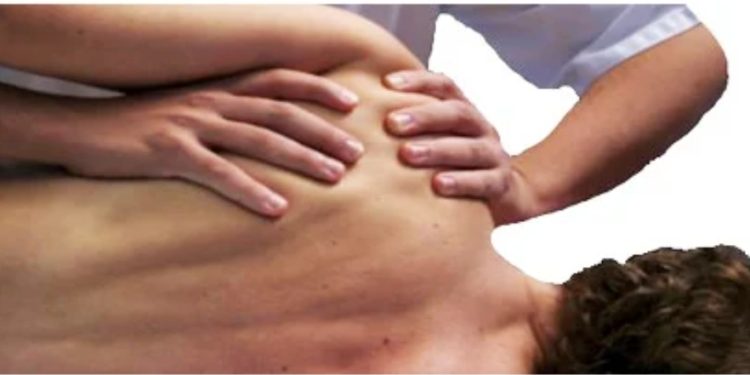Balance and coordination are fundamental aspects of daily life, influencing our ability to move gracefully, prevent falls, and engage in various physical activities. For those seeking to improve these essential skills, physical therapy emerges as a valuable ally. Explore how physical therapy contributes to the enhancement of balance and coordination, fostering a more confident and stable approach to movement. Idaho Falls Physical Therapy helps with balance and coordination throughout your time with us and when you start feeling better!
The Importance of Balance and Coordination:
Balance and coordination are integral components of functional movement. Whether walking, climbing stairs, or participating in sports, these skills are crucial for preventing injuries and maintaining overall well-being. Physical therapy focuses on addressing underlying issues that may compromise balance and coordination.
Assessing Balance and Coordination:
Physical therapists conduct comprehensive assessments to evaluate an individual’s balance and coordination. This involves analyzing posture, gait, and specific movements to identify any deficits or asymmetries. The assessment serves as a baseline for developing targeted interventions.
Targeted Exercises for Core Stability:
A strong and stable core forms the cornerstone of balance and coordination. Physical therapists prescribe exercises that specifically target the core muscles, enhancing strength and stability. These exercises contribute to a solid foundation for controlled movements.
Proprioception Training:
Proprioception, or the body’s awareness of its position in space, is crucial for coordination. Physical therapy incorporates exercises that challenge and improve proprioceptive abilities. These exercises may involve balance pads, unstable surfaces, or sensory feedback to enhance spatial awareness.
Coordination Drills and Functional Movements:
Physical therapists design coordination drills and functional movement exercises that mimic real-life activities. These drills challenge individuals to synchronize movements, improve reaction times, and enhance overall coordination. This approach bridges the gap between isolated exercises and practical, everyday movements.
Vestibular Rehabilitation:
The vestibular system, responsible for balance and spatial orientation, can be a contributing factor to balance issues. Physical therapists skilled in vestibular rehabilitation employ exercises and maneuvers to address vestibular dysfunction, promoting better balance and coordination.
Strength Training for Lower Extremities:
Strong and well-conditioned lower extremities are vital for stability and coordination. Physical therapy includes strength training exercises that target the muscles around the hips, knees, and ankles, reducing the risk of falls and enhancing overall mobility.
Fall Prevention Strategies:
Falls can have severe consequences, especially for older adults. Physical therapists work on fall prevention strategies, incorporating exercises to improve reaction time, agility, and the ability to recover from unexpected perturbations, reducing the likelihood of falls.
Neurological Rehabilitation:
For individuals with neurological conditions affecting balance and coordination, physical therapy plays a critical role in rehabilitation. Therapists use targeted interventions to improve neuromuscular control, helping individuals regain and enhance their coordination abilities.
Patient Education on Lifestyle Modification:
Physical therapists educate individuals on lifestyle modifications that support improved balance and coordination. This may include footwear recommendations, environmental adjustments, and guidance on maintaining an active and healthy lifestyle.
Physical therapy serves as a holistic and tailored approach to improving balance and coordination. By addressing specific deficits, incorporating targeted exercises, and promoting overall physical well-being, physical therapists empower individuals to move with confidence and grace. Embracing physical therapy as a means to enhance balance and coordination is an investment in a future characterized by stability, reduced falls, and optimal movement quality.


 Home
Home










